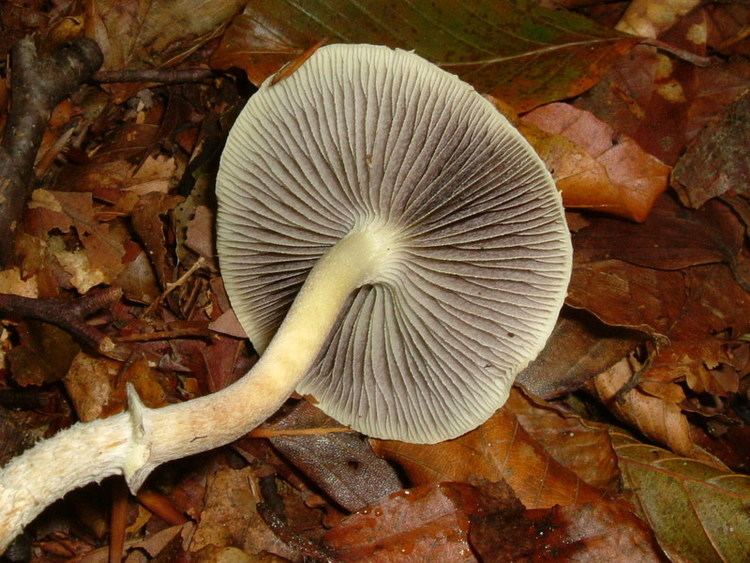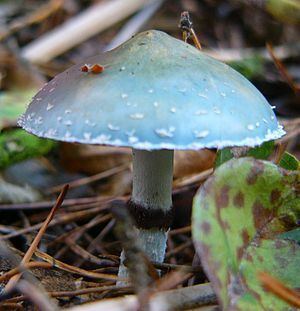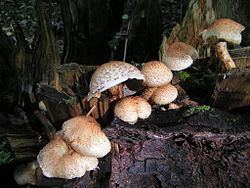Kingdom Fungi Scientific name Strophariaceae Rank Family | Division Basidiomycota Higher classification Agaricales Order Agaricales | |
 | ||
Lower classifications | ||
The Strophariaceae are a family of fungi in the order Agaricales. Under an older classification, the family covered 18 genera and 1316 species. The species of Strophariaceae have red-brown to dark brown spore prints, while the spores themselves are smooth and have an apical germ pore. These agarics are also characterized by having a cutis-type pileipellis. Ecologically, all species in this group are saprotrophs, growing on various kinds of decaying organic matter. The family was circumscribed in 1946 by mycologists Rolf Singer and Alexander H. Smith.

Genera


References
Strophariaceae Wikipedia(Text) CC BY-SA
